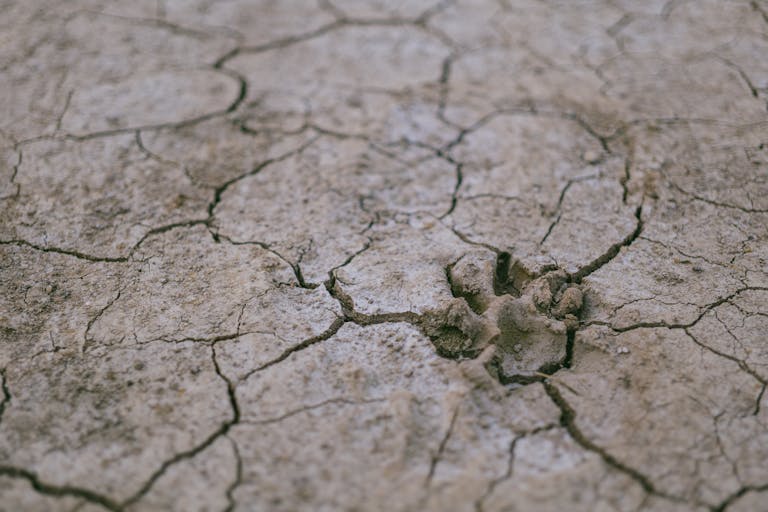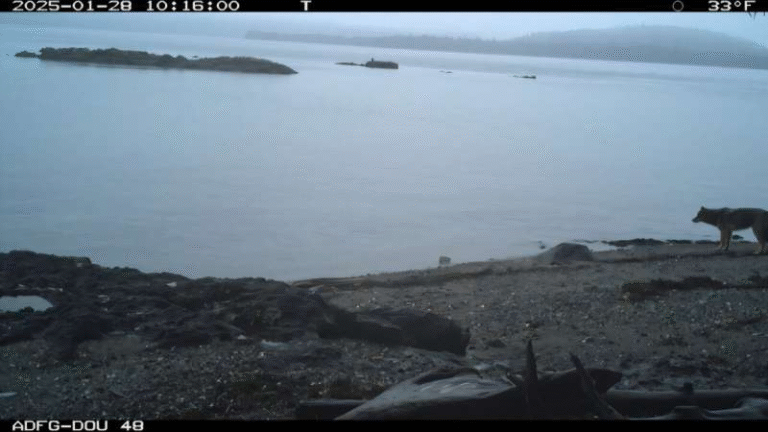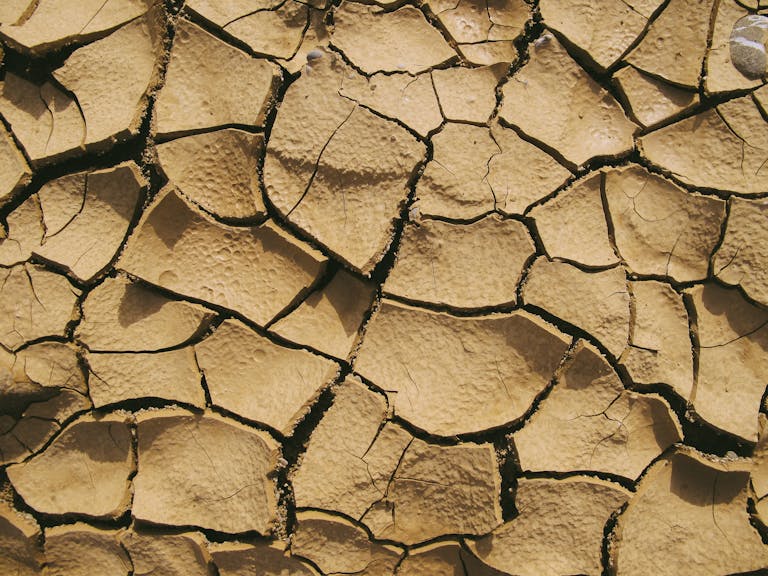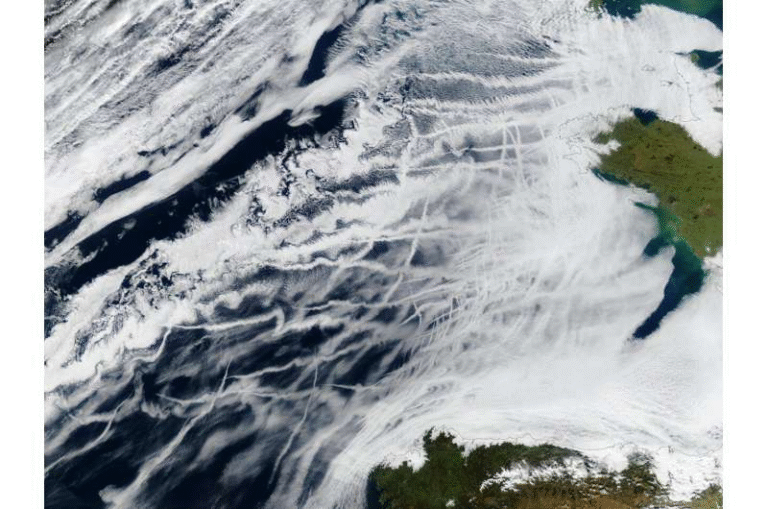Ancient Trees With Inefficient Photorespiration Helped Stabilize Earth’s Climate During the Last Ice Age
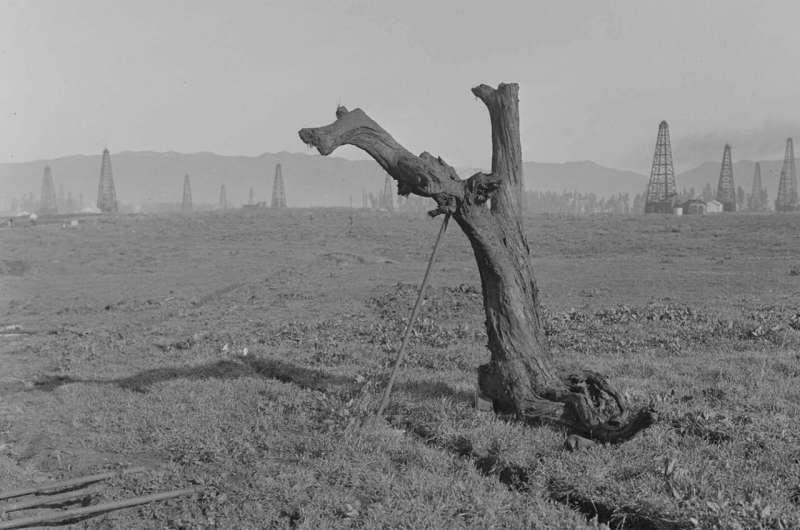
Researchers have uncovered fascinating new evidence that ancient trees may have helped keep Earth habitable during the last ice age by breathing far less efficiently than modern plants. A new study led by a Pennsylvania State University geoscientist reveals that trees growing about 20,000 years ago released an unusually high amount of carbon dioxide through photorespiration, a process that essentially undoes some of the benefits of photosynthesis. This inefficient breathing appears to have acted as a natural stabilizing mechanism, preventing atmospheric CO₂ from dropping to dangerously low levels that could have threatened plant survival.
The research, published in Nature Geoscience, provides the most direct test to date of a long-standing hypothesis: that elevated photorespiration during glacial periods helped maintain a CO₂ floor of roughly 185–210 parts per million, stopping Earth’s atmosphere from tipping into conditions too harsh for vegetation.
What the Study Looked At
The study analyzed subfossil wood—preserved tree remains—from across ice-free regions of North America. These trees grew during the last glacial period, which lasted from roughly 115,000 to 12,000 years ago, with the most recent peak occurring around 20,000 years ago.
A major portion of the dataset came from the La Brea Tar Pits in Southern California, where ancient juniper wood was preserved in naturally occurring tar. Because tar prevents decay, these samples retain chemical signatures that allow modern scientists to reconstruct ancient physiological processes.
The research team used a new clumped-isotope technique that examines rare combinations of isotopes within the wood’s methoxyl groups. These isotopic “fingerprints” serve as a direct indicator of photorespiration rates at the time the tree was alive. By comparing these signatures to measurements in modern trees, the researchers could understand how plants responded to extremely low CO₂ levels and significant cooling during the ice age.
What Is Photorespiration and Why Does It Matter?
Plants generally use photosynthesis to store carbon by taking in CO₂ and converting it into sugars. But they also perform photorespiration, a process where they take in oxygen and release CO₂. This is physiologically costly because it wastes energy and reverses some of the carbon-capturing benefit of photosynthesis.
Photorespiration becomes more frequent under certain conditions, especially when:
- CO₂ levels in the atmosphere are low
- Temperature conditions increase the likelihood that the enzyme Rubisco binds oxygen instead of CO₂
- Plants experience physiological stress
During the last ice age, CO₂ levels plunged, and many regions cooled significantly. These conditions made photorespiration a major factor in plant survival and global carbon cycling.
Key Findings of the Study
The researchers discovered several important patterns:
- Trees from the last glacial period had significantly higher photorespiration rates than modern trees.
Wood samples from warmer ice-age regions showed the strongest evidence of this inefficiency. - Low CO₂ heavily hindered plant productivity.
Trees were unable to fix carbon efficiently and released much of their captured CO₂ back into the atmosphere. - Trees acted as a planetary “handbrake.”
By becoming less efficient at storing carbon, plants slowed the further decline of atmospheric CO₂. This prevented CO₂ concentrations from falling below levels required for plant life to persist. - Trees from regions that cooled less than 6°C showed the highest levels of photorespiratory stress.
This connects the response directly to the combination of cooling and extreme CO₂ scarcity. - Glacial plants stored far less carbon in both wood and soils.
Reduced carbon storage capacity would have had global implications for the Earth’s climate system.
These results provide direct physical evidence supporting a long-proposed but previously untested climate feedback mechanism.
Why This Feedback Mechanism Was Crucial
During glacial times, CO₂ levels naturally dropped due to changes in ocean circulation, weathering, and other geochemical processes. However, climate models have long struggled to explain why CO₂ never fell below a certain threshold.
This study now shows that plant physiology itself acted as a safeguard. When CO₂ got too low, plants reached a point where they simply couldn’t remove any more carbon from the atmosphere without jeopardizing their survival. Their inefficient photorespiration kept just enough CO₂ circulating to maintain an environment in which plant life could still function.
In other words, the biosphere self-regulated.
The Importance of the La Brea Tar Pits Sample
Some of the clearest isotopic signatures came from juniper wood preserved in the La Brea Tar Pits. These samples revealed that ancient trees were releasing nearly as much CO₂ as they absorbed, demonstrating extreme physiological stress. This site also highlights the broader value of understudied plant remains preserved in unusual geological settings.
Researchers working with the Tar Pits emphasize that these ancient plants are a treasure trove for understanding not only the past but also possible future responses to climate change.
What This Means for Climate Science Today
This study adds a valuable piece to the complex puzzle of Earth’s climate regulation. It shows that:
- The biosphere plays a more active role in global carbon stabilization than previously recognized.
- Extreme CO₂ scarcity triggers plant-level feedbacks that slow further carbon drawdown.
- Understanding plant responses to changing CO₂ is essential for building better future climate models.
While today’s world faces the opposite problem—rapidly rising CO₂—the research underscores that plant physiology can strongly influence climate outcomes. Modern models must account for how plants respond under different environmental stresses, whether high or low CO₂.
Extra Information: How Clumped-Isotope Analysis Works
Clumped-isotope chemistry measures rare isotope pairings that occur within molecules. Because certain environmental conditions influence how often these isotopes “clump” together, scientists can reconstruct:
- Past temperatures
- Physiological processes like photorespiration
- Ecological responses to climate variations
In wood, analyzing clumped isotopes in methoxyl groups gives a direct window into how efficiently a tree was performing photosynthesis and photorespiration at the time it was alive.
This technique avoids relying solely on indirect proxy markers and offers a much clearer look at ancient plant metabolism.
Extra Information: Why Low CO₂ Is So Dangerous for Plants
For most of human history, and indeed for most of plant evolution, atmospheric CO₂ was far higher than during the ice age. Many plants are still physiologically optimized for CO₂ levels much higher than modern concentrations.
When CO₂ becomes too low:
- Rubisco binds oxygen more often
- Photosynthesis becomes inefficient
- Growth slows dramatically
- Reproductive success drops
- Ecosystems become fragile and carbon storage collapses
The last glacial period pushed plants close to these physiological limits. The new study shows how they responded when pushed to the edge.
Research Paper
Isotopic evidence for elevated photorespiration during the last glacial period
https://www.nature.com/articles/s41561-025-01841-x
